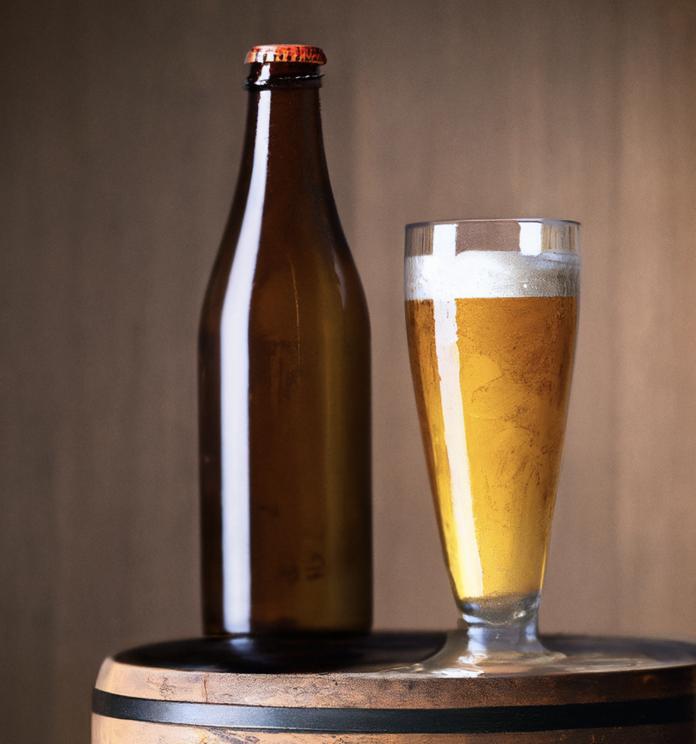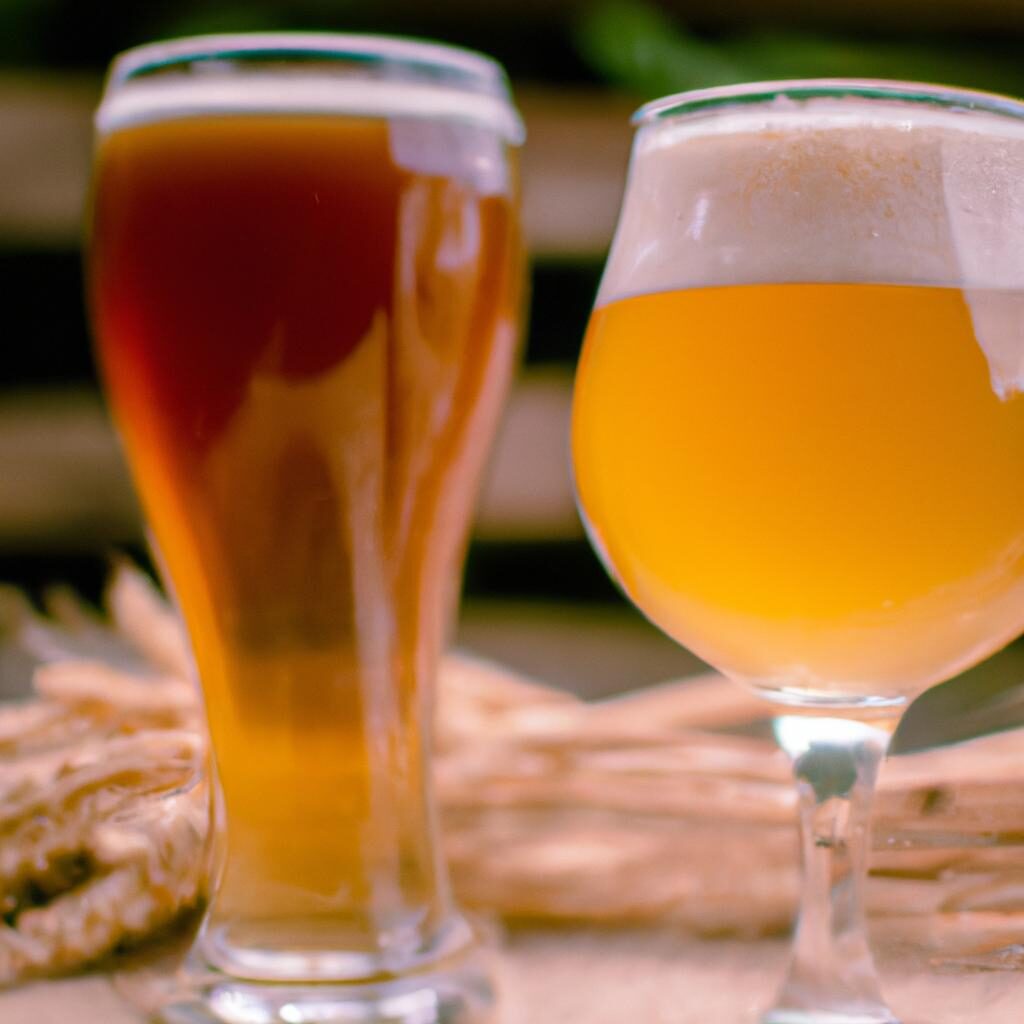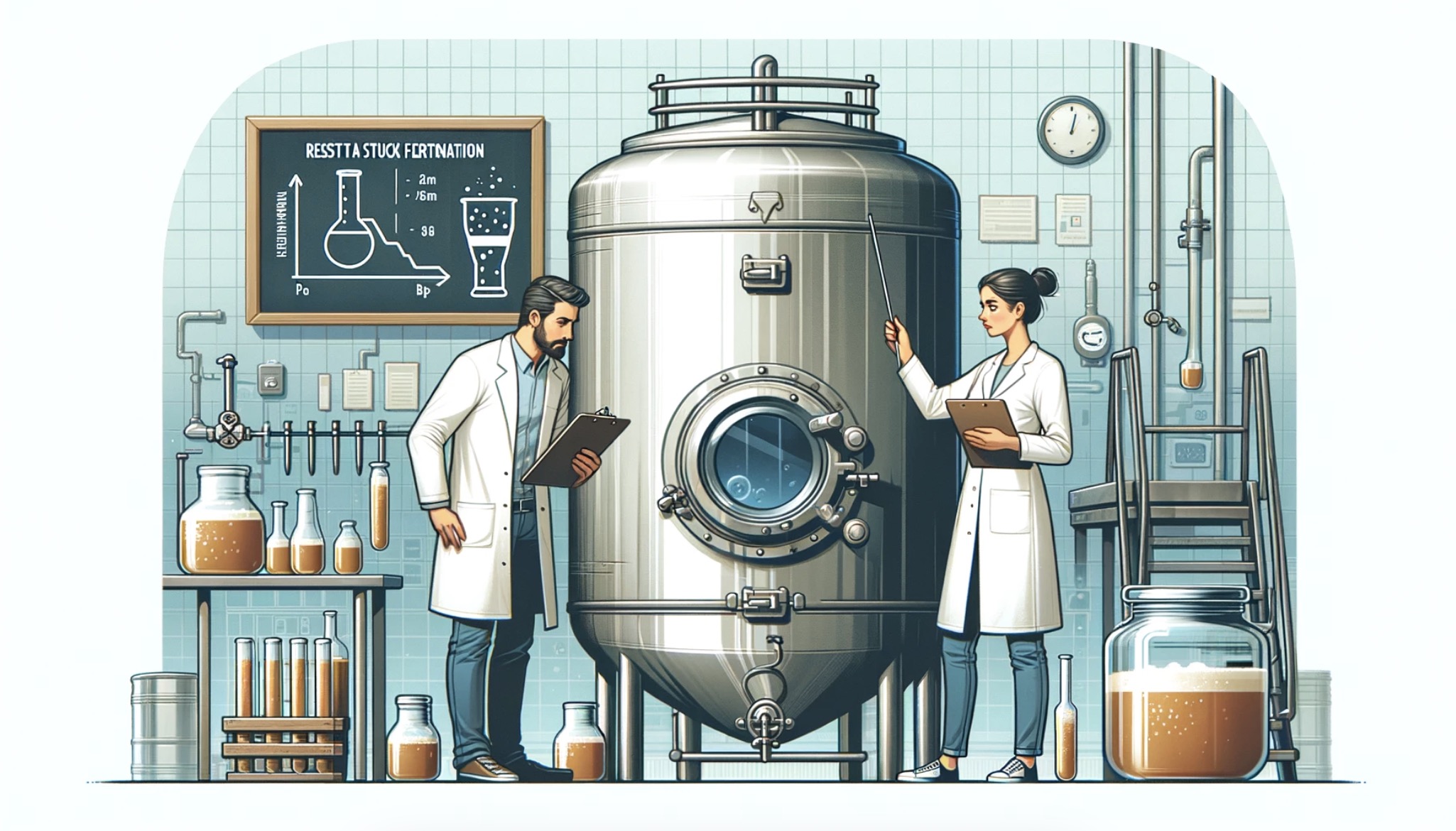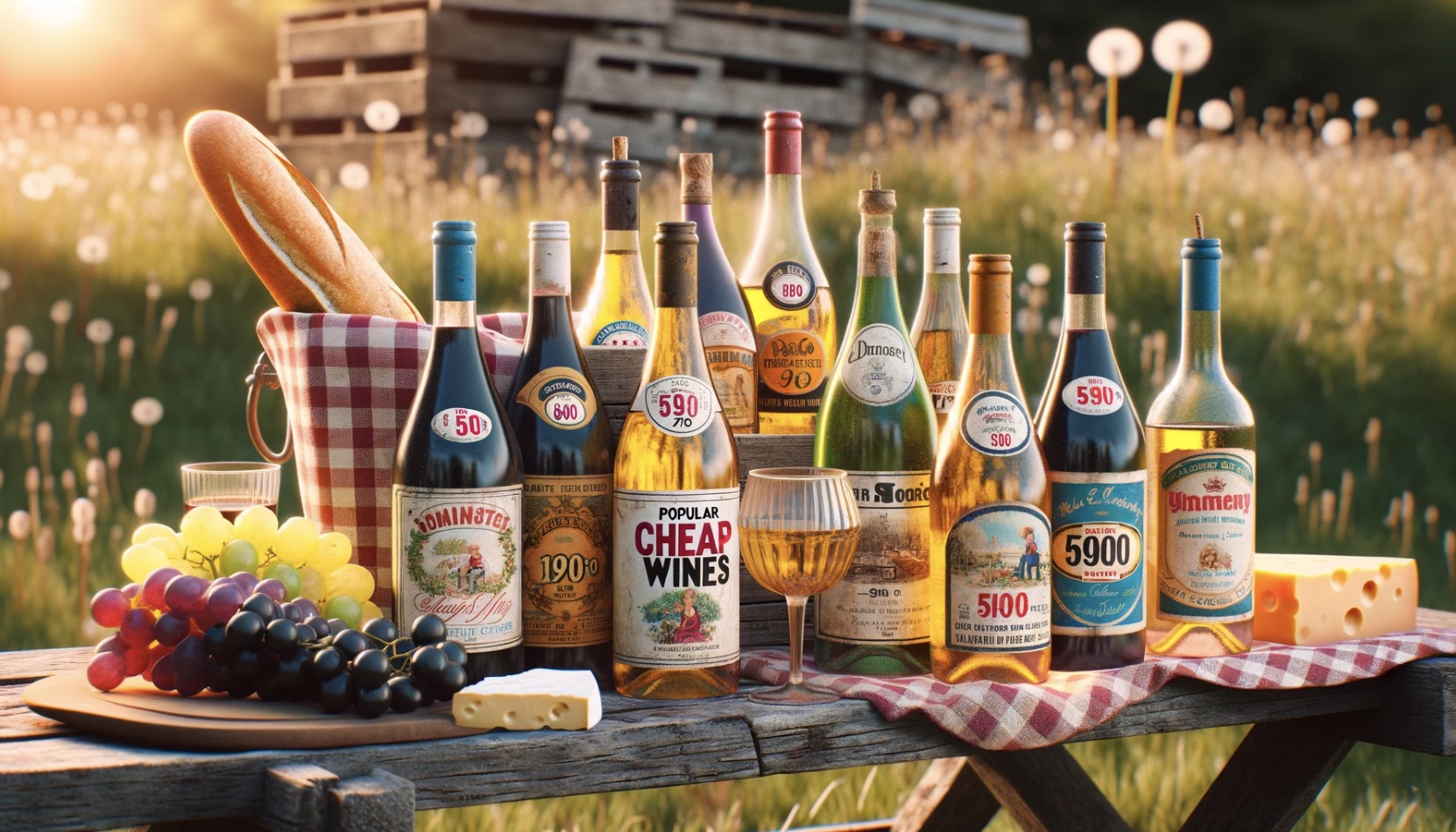Farmhouse ales are known for their unique, rustic, and often complex flavors, but how long do they last?
This is a question that many beer enthusiasts have asked, and it’s not always easy to find a clear answer. In this article, we will explore the factors that contribute to the shelf life of farmhouse ales and provide some guidelines on how to properly store and age these delicious brews.
In general, farmhouse ales can last anywhere from 6 months to several years, depending on factors such as the beer’s alcohol content, the presence of live yeast, and storage conditions.
However, it’s important to remember that every beer is unique, and the optimal aging time will vary depending on the specific characteristics of each farmhouse ale.
1. What Are Farmhouse Ales?
Before we delve into the specifics of how long farmhouse ales last, it’s important to understand what defines a farmhouse ale. Farmhouse ales are a category of beer that originated in rural areas of Europe, particularly in Belgium and France.

They were traditionally brewed on farms during the winter months and consumed throughout the year. There are several different styles of farmhouse ales, including Saisons, Bière de Garde, and Grisettes.
Farmhouse ales are characterized by their distinctive flavors and aromas, which can range from fruity and spicy to earthy and funky.
Many farmhouse ales are brewed with wild yeast strains or mixed fermentation, which can contribute to their unique flavor profiles.
These beers often have a higher alcohol content and more complex flavors than other styles of beer, making them ideal for aging.
2. Factors That Affect the Shelf Life of Farmhouse Ales
There are several factors that can influence how long a farmhouse ale will last. These include:
Alcohol Content
Higher alcohol content can help to preserve beer and extend its shelf life. Many farmhouse ales have an ABV (alcohol by volume) of 6% or higher, which can help to protect the beer from spoilage and flavor degradation. However, it’s important to note that not all farmhouse ales have a high alcohol content, and lower-ABV beers may not age as well.
Presence of Live Yeast
Many farmhouse ales are bottle-conditioned, meaning that they are fermented a second time in the bottle with the addition of live yeast.

This secondary fermentation can help to prolong the shelf life of the beer, as the yeast will continue to consume sugars and produce carbon dioxide, which can help to protect the beer from oxidation.
However, the presence of live yeast can also contribute to flavor changes over time, which may not always be desirable.
Storage Conditions
Proper storage is crucial for preserving the quality of a farmhouse ale. Ideally, these beers should be stored in a cool, dark place, such as a cellar or basement.
Temperatures should be kept between 50-60°F (10-15°C), and the beer should be protected from light, which can cause it to become “lightstruck” or “skunky.”
Exposure to heat and light can cause the beer to age more quickly, leading to a decline in flavor and aroma quality.
3. Aging Farmhouse Ales
Farmhouse ales are often excellent candidates for aging, as their complex flavors can continue to develop and evolve over time.
However, it’s important to remember that not all farmhouse ales will benefit from aging, and some may be best enjoyed fresh. In general, higher-ABV farmhouse ales and those with a strong yeast character are more likely to age well.
When to Age
One of the most common questions regarding aging farmhouse ales is when to start the aging process. In most cases, it’s best to begin aging a farmhouse ale shortly after purchasing it, as this ensures that the beer is still in optimal condition.
However, it’s also important to pay attention to the “best by” or “bottled on” date on the label, as this can provide an indication of how long the beer has already been aged.
How Long to Age
The optimal aging time for a farmhouse ale will vary depending on the specific characteristics of the beer. In general, farmhouse ales can be aged for anywhere from 6 months to several years, with some beers continuing to improve for even longer periods.
It’s important to remember that every beer is unique, and the optimal aging time will depend on factors such as the beer’s alcohol content, the presence of live yeast, and the specific flavors and aromas present in the beer.
Tasting and Evaluating Aged Farmhouse Ales
One of the most enjoyable aspects of aging farmhouse ales is the opportunity to taste and evaluate the beer as it evolves over time.
As the beer ages, flavors may become more pronounced, and new flavors may emerge. It’s a good idea to take notes on the beer’s appearance, aroma, flavor, and mouthfeel at various stages of the aging process, and to compare these notes to the beer’s initial characteristics.
4. Signs That a Farmhouse Ale Has Passed Its Prime
While farmhouse ales can often be aged for extended periods, it’s important to recognize when a beer has passed its prime and is no longer enjoyable to drink.
Signs that a farmhouse ale has gone bad may include:
- Oxidation: This can manifest as a cardboard-like flavor or aroma, or a dulling of hop flavors.
- Infection: If a beer has been contaminated with unwanted bacteria or wild yeast, it may develop off-flavors such as sourness, vinegar, or a “ropy” texture.
- Flavors becoming too intense: While some flavor development is desirable during the aging process, certain flavors may become too intense or unbalanced over time.
5. Proper Storage and Serving of Aged Farmhouse Ales
In order to maximize the enjoyment of an aged farmhouse ale, it’s important to store and serve the beer properly. Here are some tips for getting the most out of your aged farmhouse ale:
- Store the beer in a cool, dark place, such as a cellar or basement. Keep the temperature between 50-60°F (10-15°C) and protect the beer from light.
- When serving the beer, allow it to warm slightly to enhance the flavors and aromas. A serving temperature of 50-55°F (10-13°C) is ideal for most farmhouse ales.
- Pour the beer gently into a clean, appropriate glassware to minimize the disturbance of any sediment that may have formed during the aging process. A tulip-shaped glass or a wine glass is a good choice for farmhouse ales, as these glasses help to concentrate the beer’s aromas.
Conclusion
In conclusion, farmhouse ales can last anywhere from 6 months to several years, depending on factors such as the beer’s alcohol content, the presence of live yeast, and storage conditions.
Aging farmhouse ales can be a rewarding and enjoyable process, allowing beer enthusiasts to experience the evolution of flavors and aromas over time.
To properly age and enjoy farmhouse ales, it’s important to store the beer in optimal conditions, recognize when a beer has passed its prime, and serve the beer at the appropriate temperature and in the proper glassware.
To recap, here are 10 key facts about how long farmhouse ales last:
1. Farmhouse ales can last anywhere from 6 months to several years.
2. Higher alcohol content can help to extend the shelf life of farmhouse ales.
3. The presence of live yeast in bottle-conditioned farmhouse ales can contribute to a longer shelf life, but may also result in flavor changes over time.
4. Proper storage conditions are crucial for preserving the quality of farmhouse ales.
5. Farmhouse ales are often excellent candidates for aging due to their complex flavors.
6. The optimal aging time for a farmhouse ale will vary depending on the specific characteristics of the beer.
7. It’s important to recognize when a farmhouse ale has passed its prime and is no longer enjoyable to drink.
8. Tasting and evaluating aged farmhouse ales can help to determine the optimal aging time for a particular beer.
9. Proper storage and serving conditions can help to maximize the enjoyment of an aged farmhouse ale.
10. Aging farmhouse ales can be a rewarding and enjoyable process for beer enthusiasts.
FAQs
What is the 3 30 300 rule for beer?
The 3 30 300 rule for beer refers to the ideal temperature range for storing and serving beer. Beer should be stored at 3°C (37°F), served at 30°C (50°F), and consumed at a rate of 300ml per half hour.
Can you drink 20 year old beer?
Technically, you can drink 20 year old beer, but it may not taste very good. Over time, the flavors and aromas of beer can degrade, resulting in a stale or off taste. Additionally, the alcohol content may have decreased, making the beer less potent. It is generally recommended to consume beer within a year or two of its production date for optimal taste and quality.
Can you drink 3 year old beer?
It is generally safe to drink beer that is 3 years old, but the taste and quality may have deteriorated over time. It is recommended to store beer in a cool, dark place and consume it within 6-12 months for the best taste.
Do farmhouse ales age well?
Yes, farmhouse ales can age well. The complex flavors and aromas of these beers can develop and change over time, often becoming more nuanced and interesting. However, the aging potential and optimal aging time can vary depending on the specific style and brewing techniques used. It is recommended to store farmhouse ales in a cool, dark place and to taste periodically to determine the ideal aging time.
Can you drink beer 3 years out of date?
It is not recommended to drink beer that is 3 years out of date as it may have lost its flavor and quality, and could potentially cause health issues.
How long can beer last before it goes bad?
Beer can typically last for 6-9 months if stored properly in a cool and dark place, but this can vary depending on the type of beer and its alcohol content.




